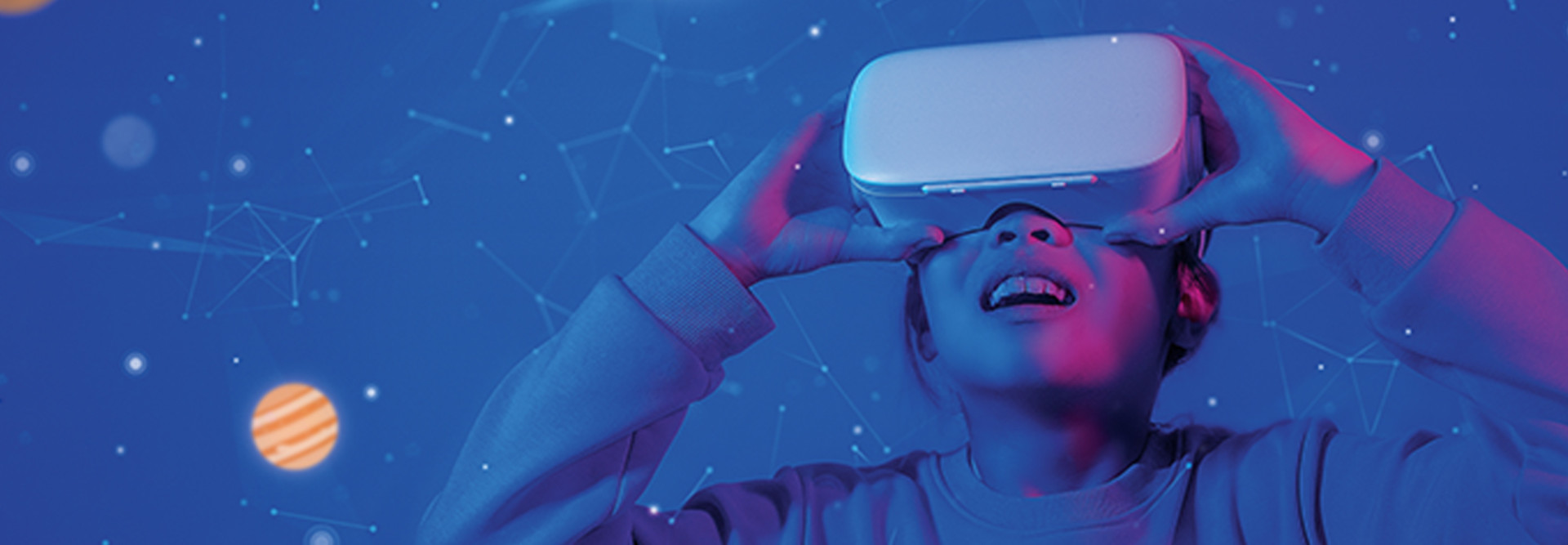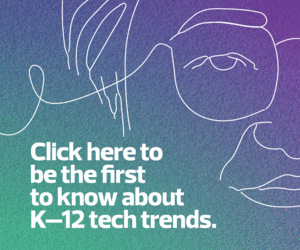Schools Are Using Multiple Resources to Access the Metaverse
Although the metaverse is evolving, Camilla Gagliolo, senior director of event content at ISTE, points out that K–12 students do not have to wait for a complete build out to participate.
Educators and education-minded companies are already carving out a space in the metaverse and calling it the “eduverse.” Educators are using resources from Labster (which provides a platform for virtual labs and science simulations) and the VR platforms ENGAGE and Mozilla Hubs (which support virtual collaboration by simulating being in the same space). Teachers can also create virtual tours for students on Driftspace.
Movement and exercise are also areas with strong metaverse potential in educational settings.
In the Metaverse, Educational Resources Empower Students to Learn
Education experts believe it is inevitable that the metaverse will have a huge impact on learning. When teaching about the human body, “you can either introduce them to a textbook, where they can learn everything sequentially, or you can place their avatars inside a human body,” says k20’s Saraf. “One student can choose to go to the brain, other students can choose to go into the intestines. That choose-your-own-adventure learning experience is very empowering for most students.”
And because the learning takes place online, a metaverse platform also gives students and their avatars access to the entire world.
READ MORE: Can K–12 admins ensure the ethical use of artificial intelligence in schools?
The metaverse allow educators to not only create a more immersive style of learning, but also model teaching best practices.
At the moment, Gagliolo says, most applications for the metaverse are aimed at high school students, partly due to privacy and security concerns that still need to be addressed. However, tools are emerging to help educators ensure that students access only a curated set of applications.
This Dallas School Is One of the First to Use a Metaverse Platform
For every school, the metaverse will likely look different. Dallas Hybrid Prep, which opened at the start of the 2021-2022 school year and uses a hybrid model of virtual and in-person learning, is one of the first schools in the country to implement a metaverse platform.
Students use their laptops or tablets to access the STEMuli metaverse, a learning management system that builds asynchronous work within an enhanced virtual learning environment.
Olga Romero, founding principal at Dallas Hybrid Prep, explains, “Our fifth-grade students join with their teachers while learning from home to collaborate and complete gaming-style assignments, using avatars and earning online currency for completing the assigned tasks.”
DIVE DEEPER: Learn how to incorporate asynchronous learning in your district.
In the 2021-2022 school year, students spent an average of 1.5 hours, three times a week working on assigned tasks. They’re giving feedback too, which helps the school design the virtual learning space based on specific student needs.
“Our model is not for everyone,” Romero says. “But it does work for those students who need a more personalized instructional experience.”
Although remote learning throughout the pandemic has left many teachers (and students and parents) feeling overwhelmed and exhausted by technology, Romero thinks that the addition of more planning time, professional development and tech support would accelerate tasks and not create more work for teachers, who are working within the tech tools provided by the metaverse.












